Menu
We were recently tasked, using InDesign as a platform, to explore grid systems. I thought it would be interesting to have a vintage-style menu to compliment the food items.
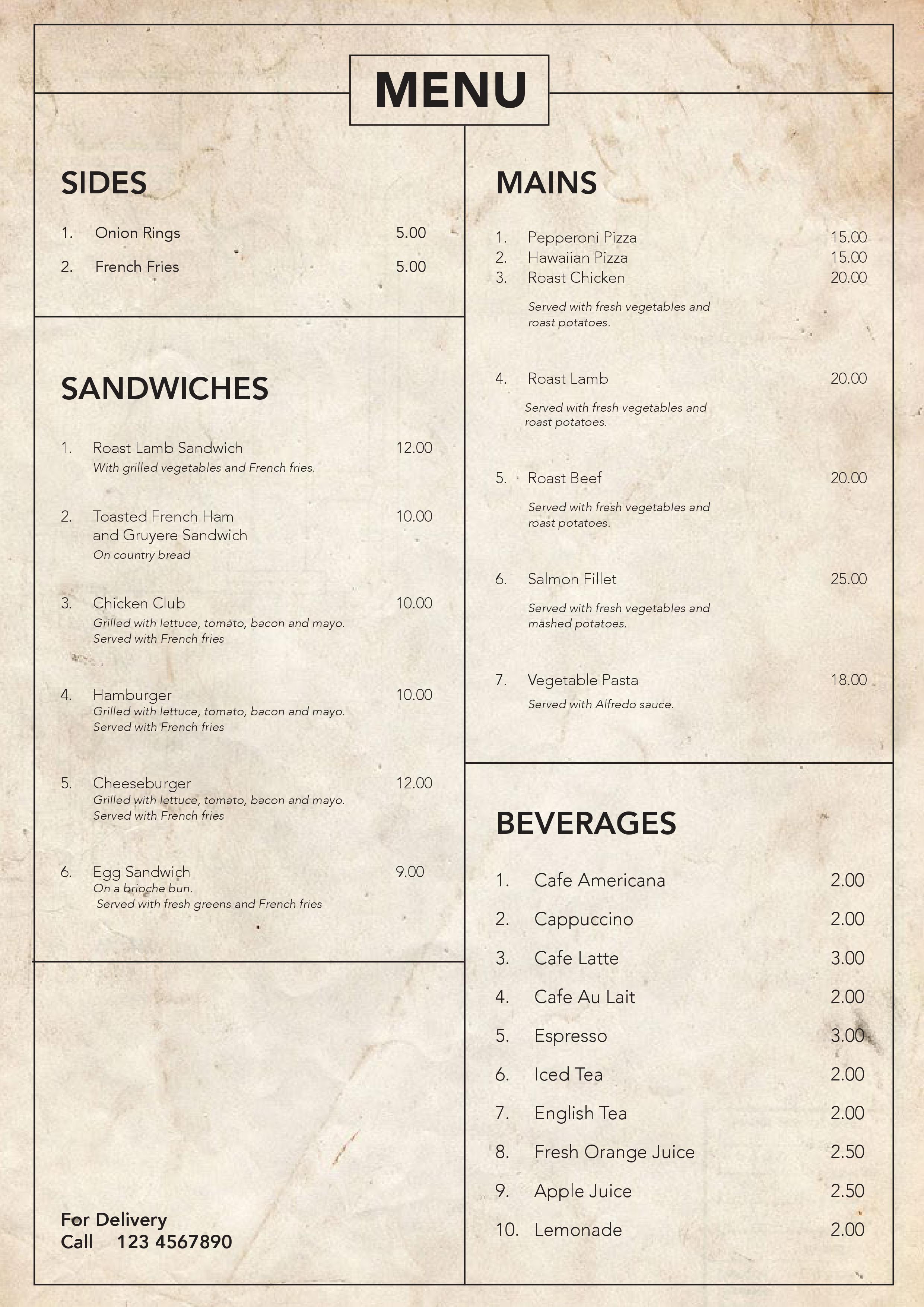
We were recently tasked, using InDesign as a platform, to explore grid systems. I thought it would be interesting to have a vintage-style menu to compliment the food items.


Herb Lubalin was an American graphic designer. Sometimes referred to as the ‘king of typography’, he was most known for his collaborations with Ralph Ginzburg on three of Ginzburg’s magazines: Eros, Fact, and Avant Garde, as well as the typeface Avant Garde. He also founded the International Typeface Corporation (ITC).
Considered one of the most ‘successful art directors of the 20th century’, Lubalin was on a constant search for ‘something new’, with ‘a passion for inventiveness’. ‘Constantly working and achieving much success throughout his career, at the age of 59, he proclaimed ‘I have just completed my internship”.

First launching Eros, which was dedicated to ‘beauty and emerging sense of sexuality in the burgeoning counterculture’, followed by Fact (it being spiced up issues instead of sugar-coated pieces like in Reader’s Digest), Lubalin’s editorial design for the magazine is considered ‘one of the brilliant of its kind’. Eros featured ‘a large format’ with ‘no advertisement’, while Fact had an ‘elegant design’ with ‘minimalist palette, based on dynamic serifed typography and exquisite illustrations’.
The magazines were also said to have showcased his artistic skills as he ‘brought out the creative visual beauty of these publications’.

Following the release of the Avant Garde magazine, Lubalin created the ITC Avant Garde typeface to meet the demand for a complete typesetting of the logo. However, it was widely misunderstood and misused in poorly thought-out solutions, eventually becoming a stereotypical ‘1970s’ font, said to have a ‘flawed Futura-esque face’. Despite this, Lubalin’s original magazine logo was and remains highly influential in typographic design.

http://www.designishistory.com/1960/herb-lubalin/
http://www.famousgraphicdesigners.org/herb-lubalin
http://www.historygraphicdesign.com/the-age-of-information/the-new-york-school/681-herb-lubalin

In Jessica Hische’s article, Uping Your Type Game, she gives an in-depth discussion on type designers, and provides steps and pointers in creating better design pieces with suitable typefaces. She also suggests having a broader perspective on typeface design by looking more into fonts by type designers (e.g. not having a favourite font, but rather a favourite type designer), working with fonts of super-families, and experimenting.
Reading the article did give me better insight into the elements to consider when choosing the appropriate typeface or when pairing fonts together. Taking into consideration characteristics such as the weights, x-heights, and the type in its true italic form, helps to determine the typeface’s ability to bring the final design further. In addition to discussing the elements to consider when choosing appropriate typefaces, Hische also provides suggestions on websites to visit when looking into different fonts.
In general, I feel that the article provided a good perspective on what determines good and suitable typefaces we should integrate into our designs. However, with regards to the points she raised on using fonts that belong to super-families and fonts with larger x-heights, it may be a bit rigid in just sticking to using more established fonts. The article seems like it is geared towards using more minimal fonts as opposed to fanciful or decorative fonts. Therefore, it may not be the best to stick to these rules when experimenting as it disregards more fanciful fonts or even less well-known fonts that do not belong to any super-families. When experimenting, or even considering the final outcome of the design piece, I feel that it is more important in utilising a range of fonts, including more decorative ones, then just sticking to the more established few.
The TEDTalk, Why Fonts Matter, conducted by Sarah Hyndman discusses the importance of typography in areas such as design and advertising. As a professional graphic designer herself, she shares her opinions on why typography has the ability to alter aspects of everyday life.

One of the points that she brought up that I agreed with was typography’s ability to influence opinions and establish moods and emotions. An example she used to reinforce this point was the labels of candy bars, where fonts with rounded edges and brighter colours seem to make the candy more appetising, or have an overall sweeter taste. I agree with her stance on this, where certain elements of a typeface can alter the overall emotion and mood of the design piece. In my opinion, because of these “elements” that we identify with, we would typically associate them with certain moods (examples being jagged, straight lines with something angry and serious, or curved lines being more gentle or sorrowful). Therefore, fonts matter in this case as designers are able to use typography as a medium to convey a certain mood to the intended viewers.

Another point that she brought up was typography’s purpose in telling a story. She further reiterates this point by bringing in examples of well-known brands, and fonts used in movie posters. Similar to the earlier points she mentioned about fonts’ abilities to convey certain moods and emotions, the type of fonts used in design such as logos or title fonts have the ability to encompass a very brief overview. For example, she talked about Coca Cola and how it’s ribbon-like font conveys the overall aesthetic of America in the 50s, with its hot summers and Grease-like lifestyle.



In my opinion, the ability that typography has in conveying a story is important; it shapes a brand and conveys a certain mood or aesthetic without the use of images. Typography, therefore, is important as it is capable of pushing a brand forward, maybe even allowing it to be widely-recognised just by its font alone.
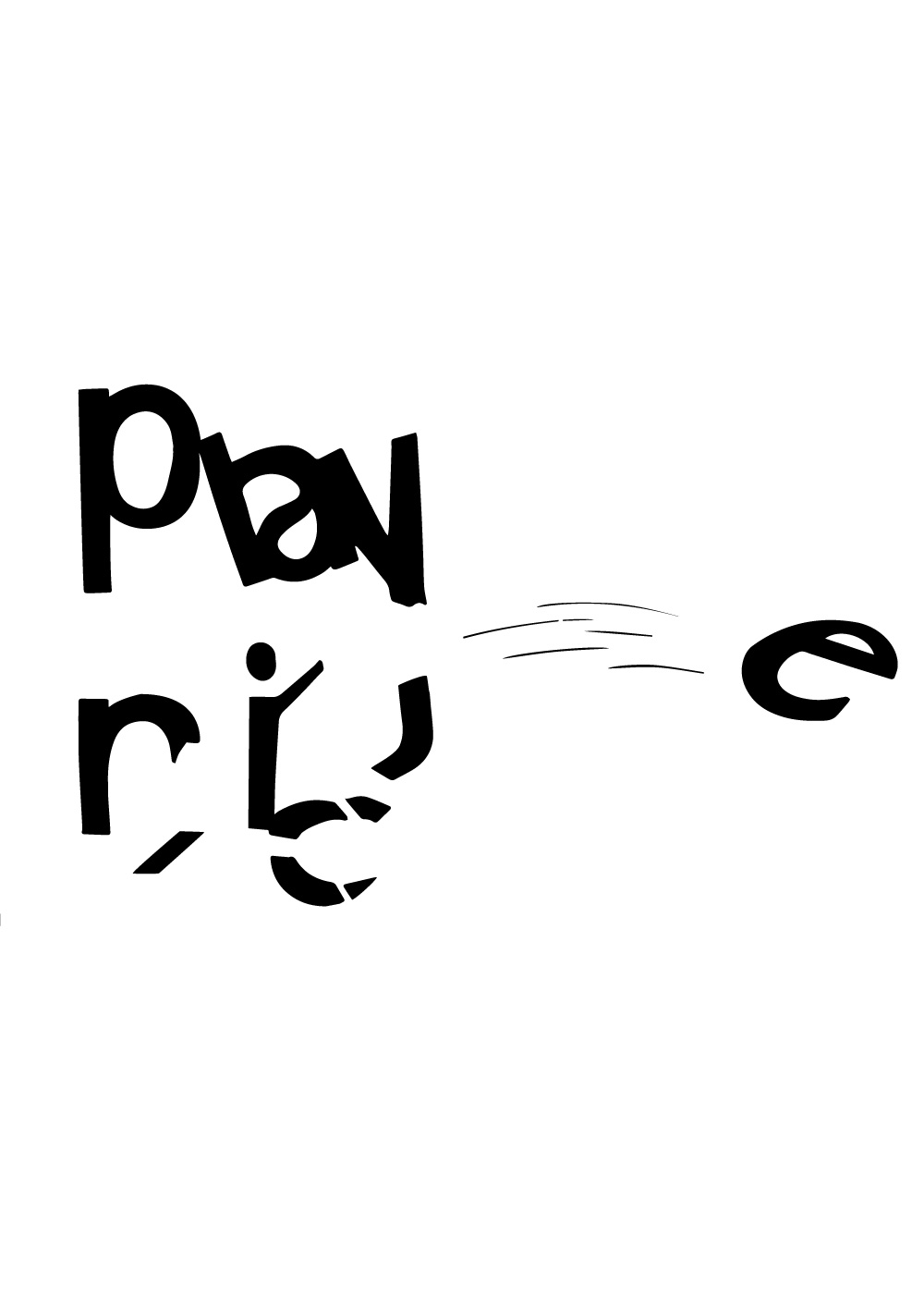
I thought it would be fun to turn the idea of playing nice and have a kid breaking parts of the letters.
The points brought up in this segment of the reading allowed me to have a better sense of the elements that determine the basics of good typography. Some of the points brought up in the reading that I intend to follow in future practices of type design include:
Keeping in mind the points discussed in the reading, I hope to consider the following aspects when designing a piece of collateral in future:
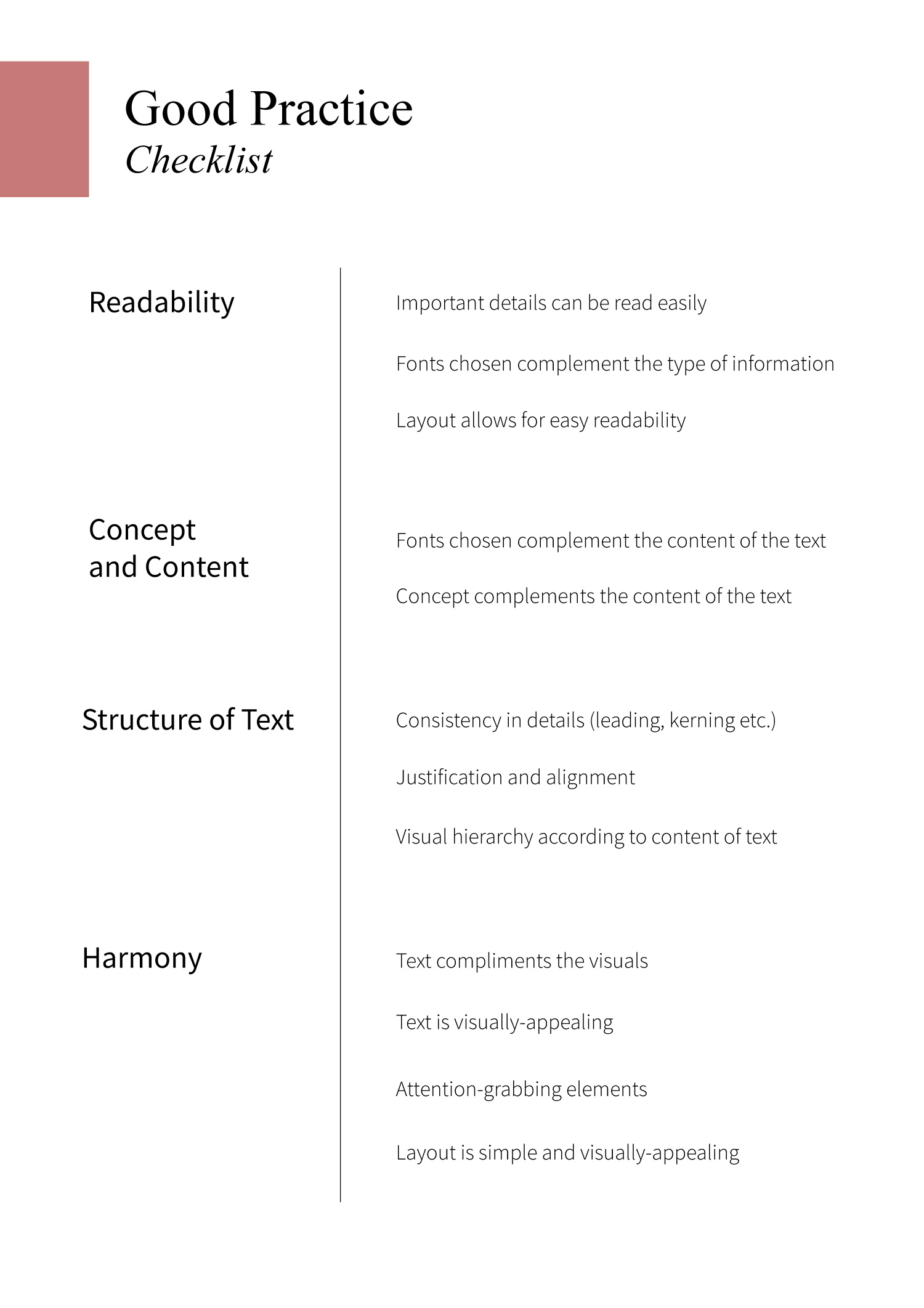
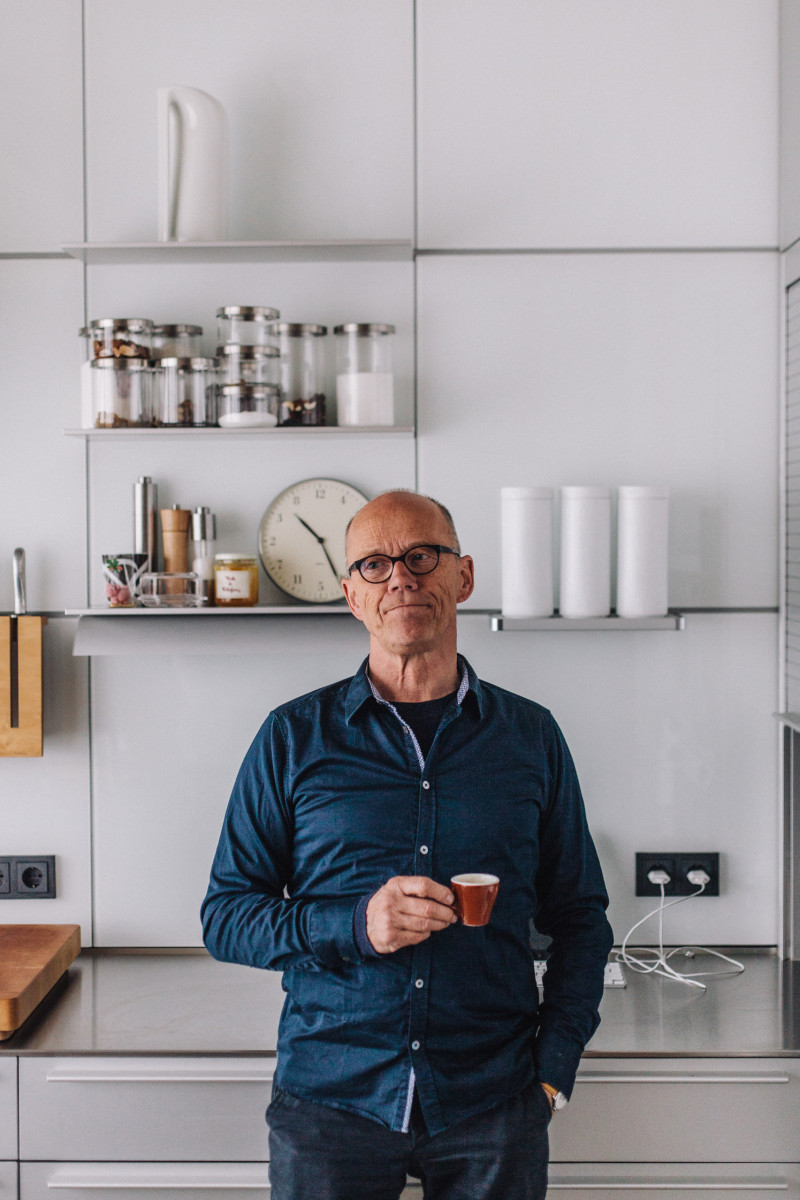
Erik Spiekermann is a renowned typographer, type designer, and author. He is most known for co-founding MetaDesign in 1979, FontShop in 1989, as well as Edenspiekermann in 2002. In addition to having offices all around the world (there’s one in Singapore too!), he has designed an array of different typefaces including FF Meta, ITC Officina, FF Unit, and even customised fonts for The Economist, Deutsche Bahn, Cisco, Bosch, Mozilla, and Autodesk.

Spiekermann had a hand in designing many commercial typefaces and those as part of corporate design programmes. In addition to heading corporate design programmes for big names such as Audi, Skoda, Volkswagen, Lexus, Heidelberg, and way finding projects like Berlin Transit and Dusseldorf Airport, he has also designed typefaces for companies such as The Economist magazine and the font family for Nokia.

With regards to designing typefaces, Spiekermann sees himself as “more of a problem solver than an artist”. He approaches design by identifying a problem then finding typefaces that almost work but could be improved, he says “study them, note the approaches and failings, sleep on it, then start sketching without looking at anything else”.

https://www.fontshop.com/designers/erik-spiekermann
https://typekit.com/designers/erik-spiekermann
https://www.fonts.com/browse/designers/erik-spiekermann
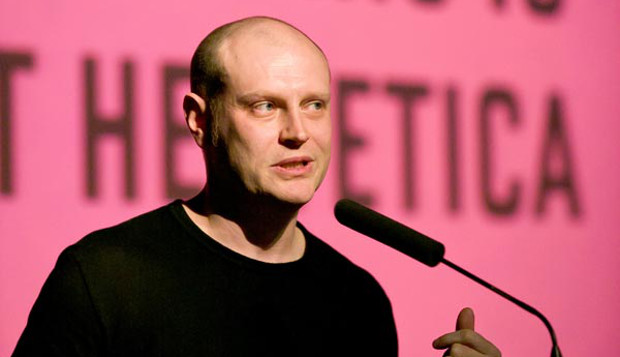
Jonathan Barnbrook is a recognised contemporary graphic designer, typographer, and filmmaker. Deemed as one of the UK’s most active designers, Barnbrook is most known for his work in typography, where he created the famous “Mason”, and the “Priori” typeface which was used in the iconic 2002 David Bowie album, Heathen, which he designed as well.
His works are said to combine “originality, wit, political savvy and bitter irony in equal measures”. He is also considered a pioneer of “graphic design with a social conscience”, where he “makes strong statements” about issues such as “corporate culture, consumerism, war and international politics”.
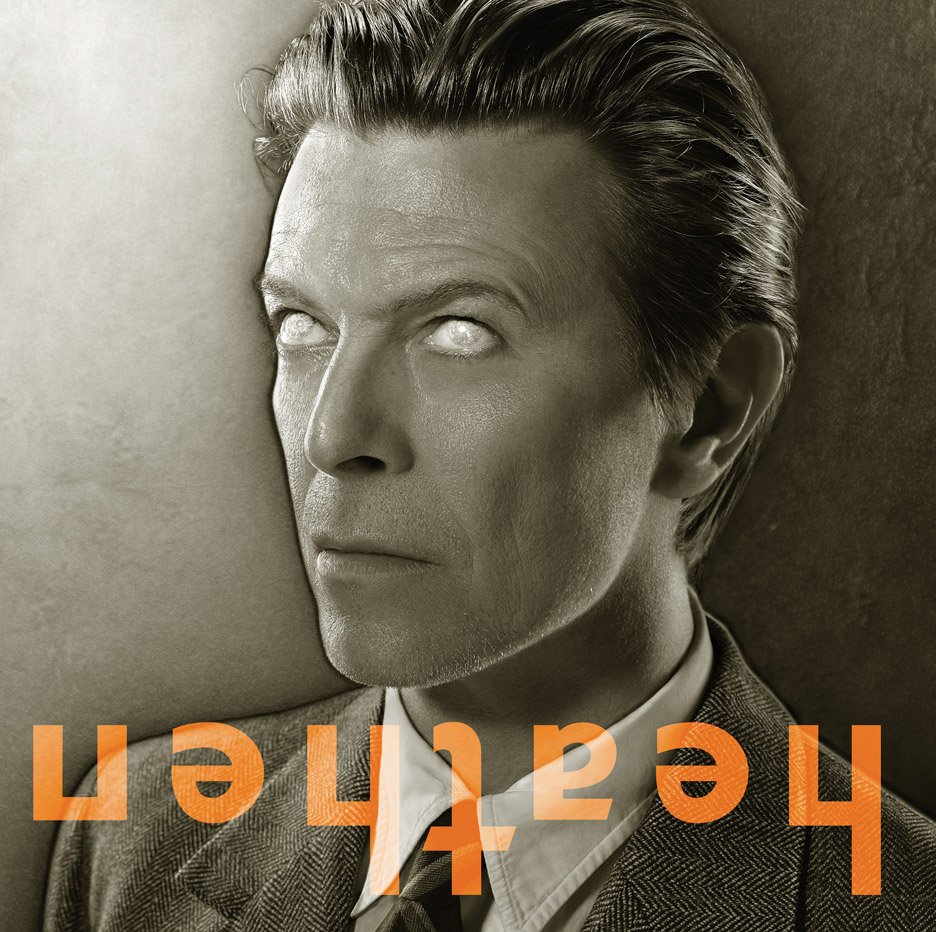
In 2002, Barnbrook produced the album cover for Heathen by David Bowie. In this particular cover, he incorporated his “Priori” typeface, during which was his first time using the font for commercial purposes. Bowie then requested Barnbrook to design cover art for other albums including Reality and The Next Day (both of which hold “rather controversial reputation”).

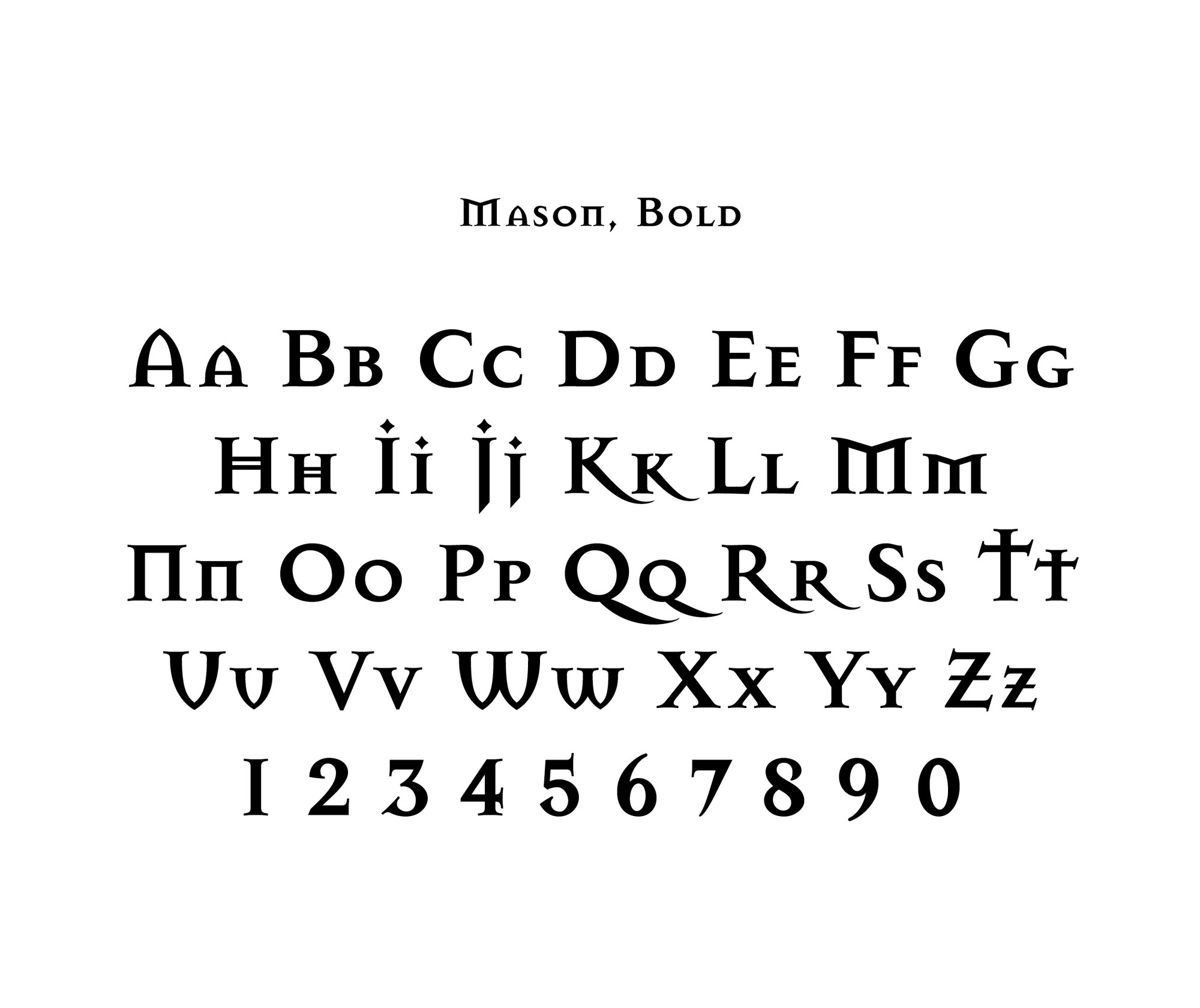
Barnbrook was also known for his range of fonts including False Idol, Exocet, Newspeak, Awe, Infidel, Sarcastic, Shock, and Moron. These fonts have “emotive and controversial titles”. Furthermore, he has collaborated with artist Damien Hirst on the book “I want to spend the rest of my life everywhere with everyone, one to one always, forever now”, in addition to “Typography Now Two” and various advertising campaigns.
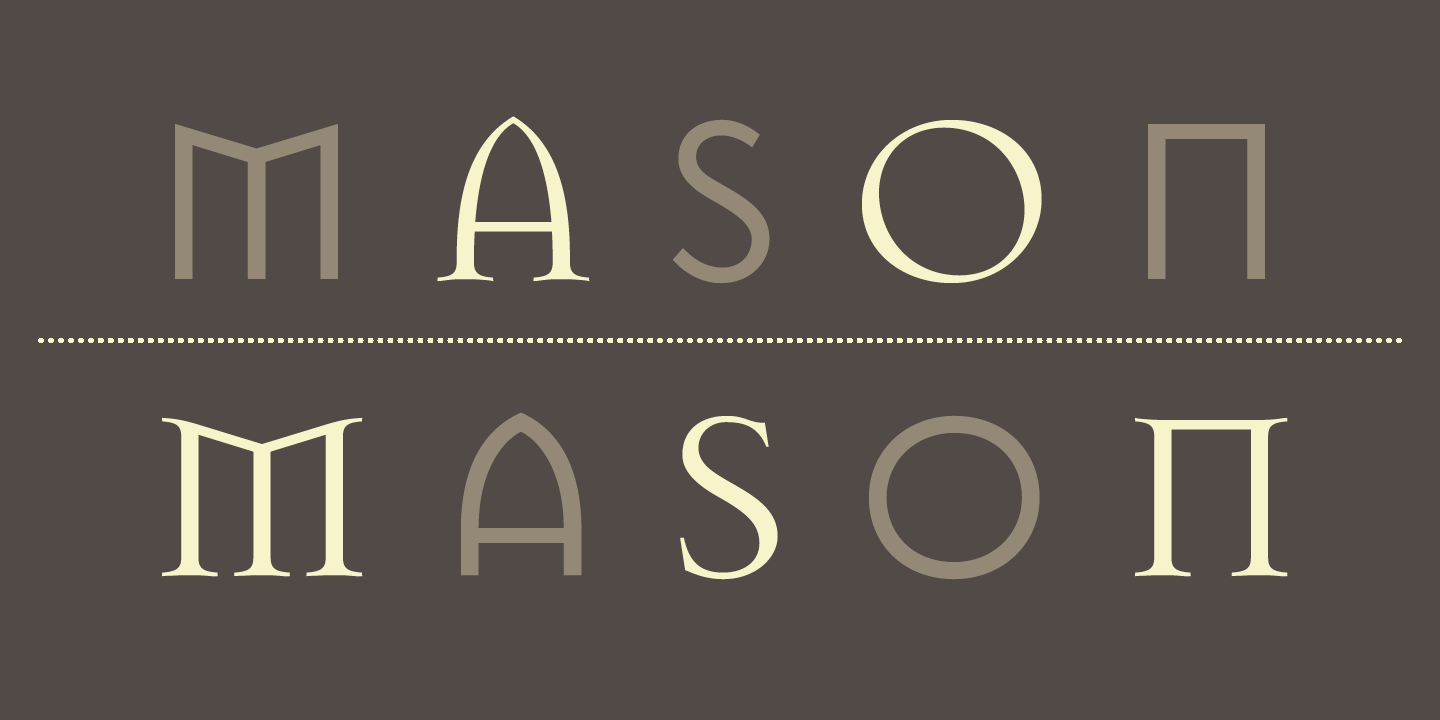
https://designmuseum.org/designers/jonathan-barnbrook
https://www.fontshop.com/designers/jonathan-barnbrook
http://www.famousgraphicdesigners.org/jonathan-barnbrook

What is the poster communicating?
The poster above is promoting an event; it seems to be a promotional poster for a venue advertising deals for the second Friday of every month.
What emotion does the design elicit?
Looking at the choice of colour and graphics, the poster has a very grunge and underground kind of aesthetic, giving an overall mysterious vibe. It makes me curious to find out more about the event.
What makes the poster captivating? Discuss the use and effect of imagery, text, texture, colour.
One of the visual elements that makes the poster captivating is the choice of colour. The pop of vibrant yellow draws a strong contrast against the background and image’s muted colour palette, drawing attention to the title without making the poster look too gaudy.
Another captivating element of the poster is the image and use of half-tone. The image complements the overall aesthetic of the poster and the use of one subject allows it to have a simple composition that is easy on the eyes. The use of half-tone adds to the overall mood as well, and adds a layer of texture to the image, making more attention-grabbing.
How did the poster generate visual interest and facilitate readability?
The combination of visuals in the poster is harmonious; the graphics such as the image, halftone, colour palette, and fonts work very well together, giving a unanimous aesthetic and mood. Additionally, despite the boldness of each graphic, the muted colour palette prevents it from being too jarring, allowing for easy readability.
The use of sans serif fonts also allow for easy readability. Important details such as the prices and event timing is displayed in a font that is legible.
How do you feel about the approach and execution?
Overall, I think the poster is effective in generating visual interest because of its choice of graphics, colour palette, textures, and fonts, it is eye-catching but at the same time, its graphics work together harmoniously. Additionally, I feel that the poster complements the type of event as well.
Take pictures and list the various types of design practices you encounter during your visit.
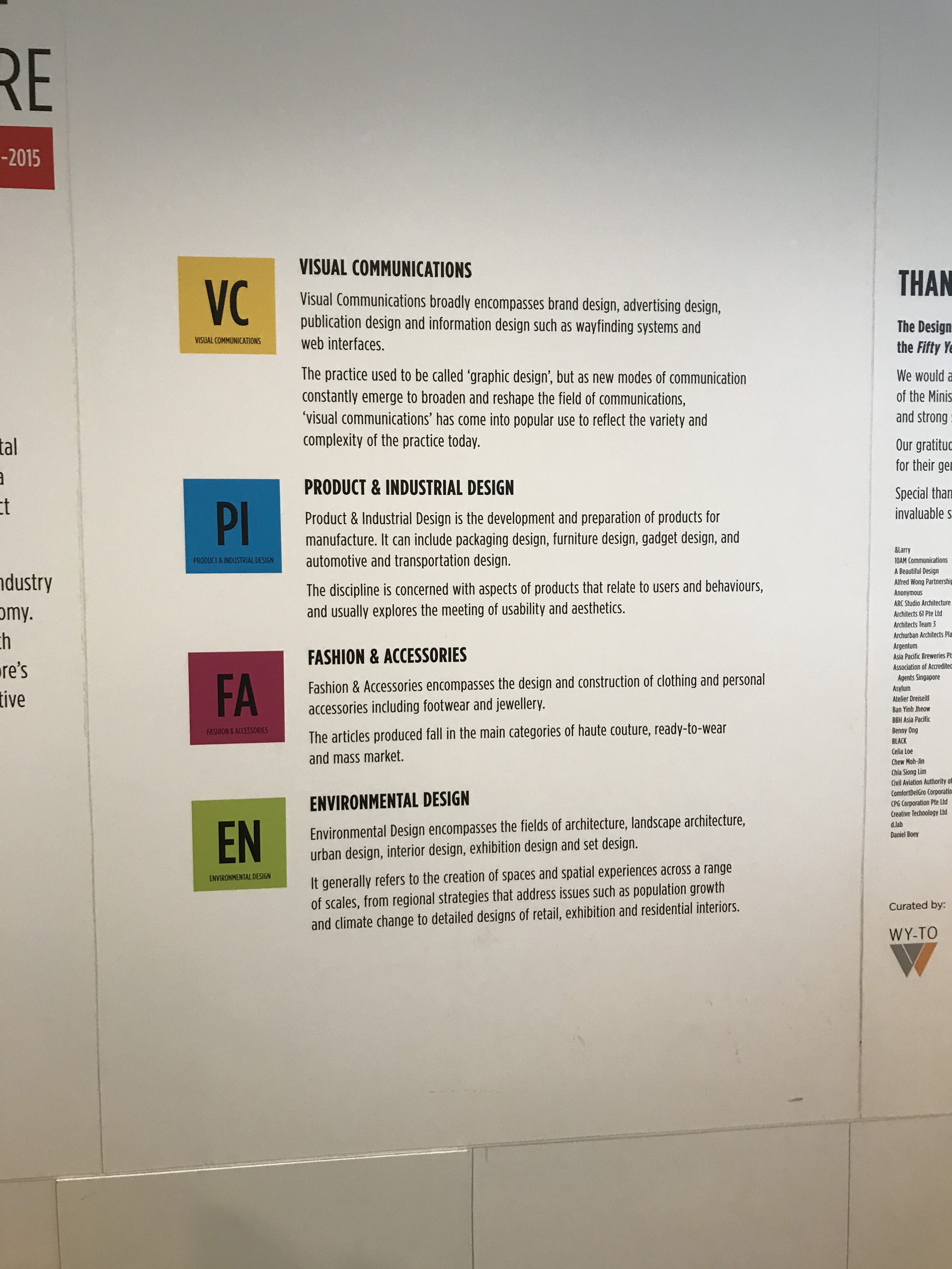
Personally, visiting the exhibition was quite intriguing; quite clueless about the evolution of design in Singapore, I was surprised to see that the design scene was actually quite diverse – in addition to graphic and packaging design, Singapore had a hand in fashion, product and architectural design, amongst others. Furthermore, you could see how each design field evolved over time and grew more prominent with each era.
What are some of your observations of the design scene/practice in Singapore over the years?
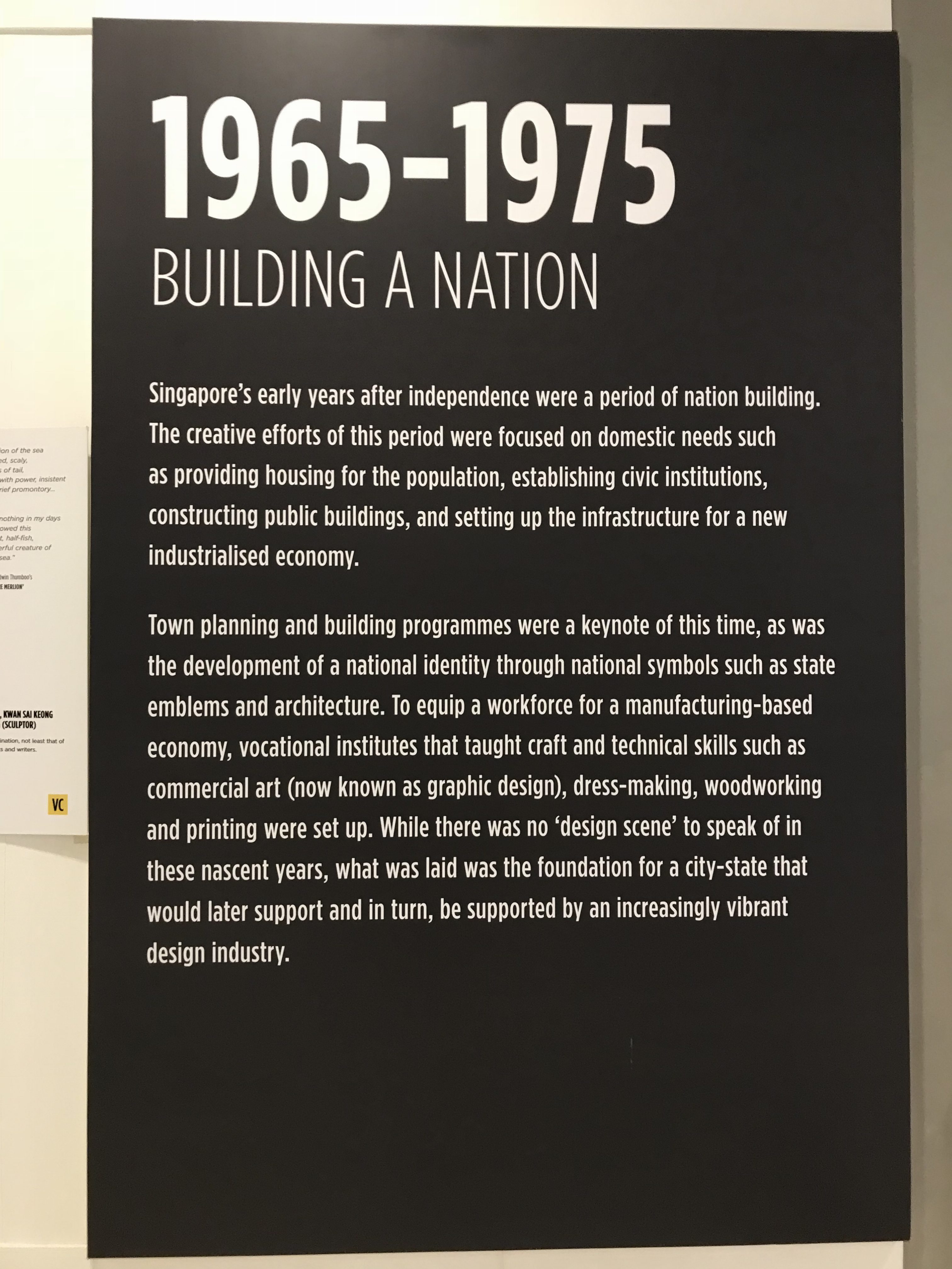
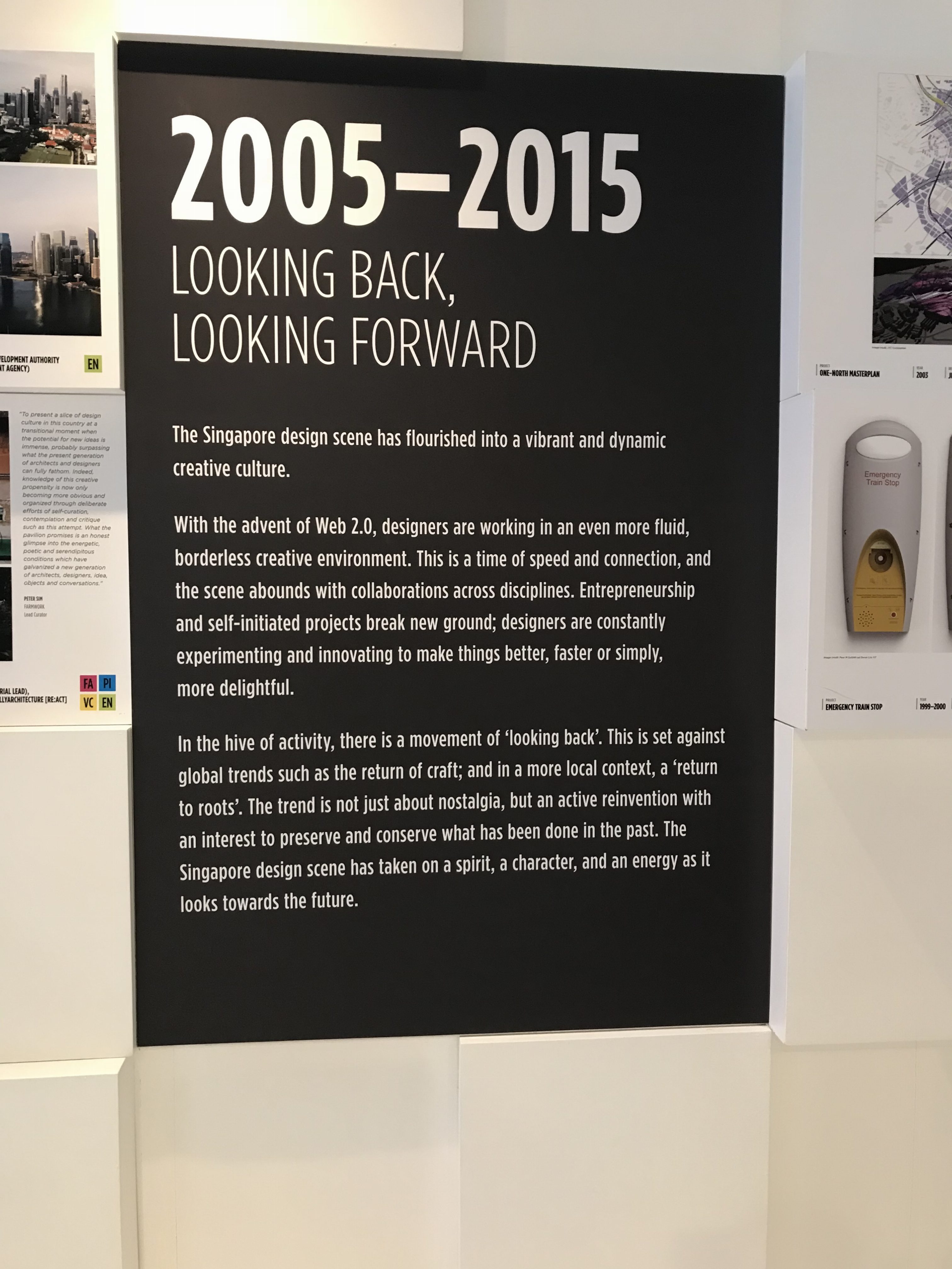
The design scene/practice in Singapore had clear evolutions throughout the decades – the influence of external factors on Singapore could have played a part in changing the design scenes with each era. The factors involved integrating new technologies, changes in the economy, branding a new nation on a global platform, and celebrating culture through nostalgia. With each decade that brought about a goal that includes external factors, designs from that particular time period could be seen changing accordingly.
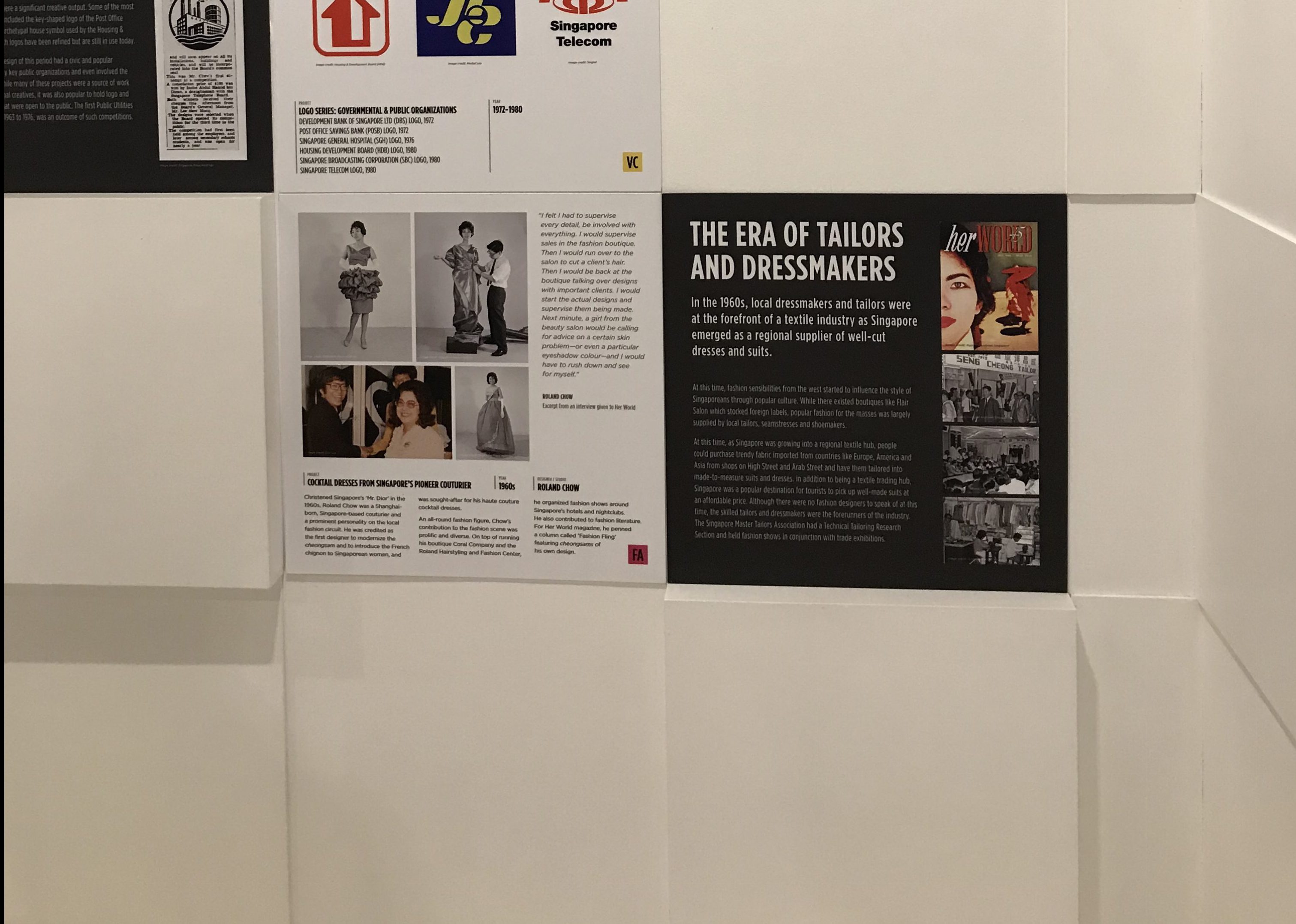

Expanding further on the influence of external factors, the design styles and trends could clearly be seen with each decade. Personally, the styles seen in the items on display probably would have followed trends relevant in that time period. A prominent example would be the pieces from the 1980s where vibrant colours and patterns were used a fair amount.
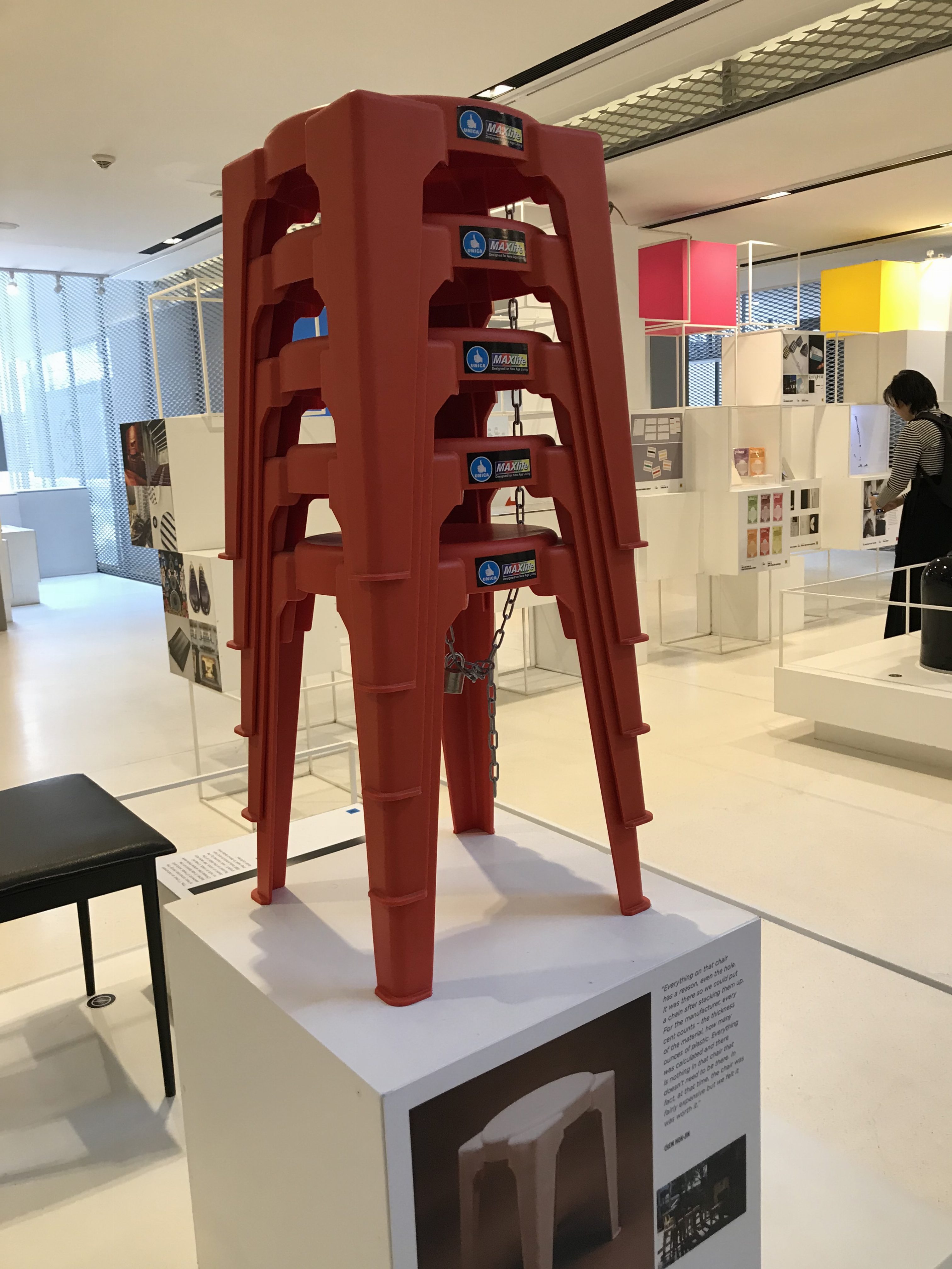
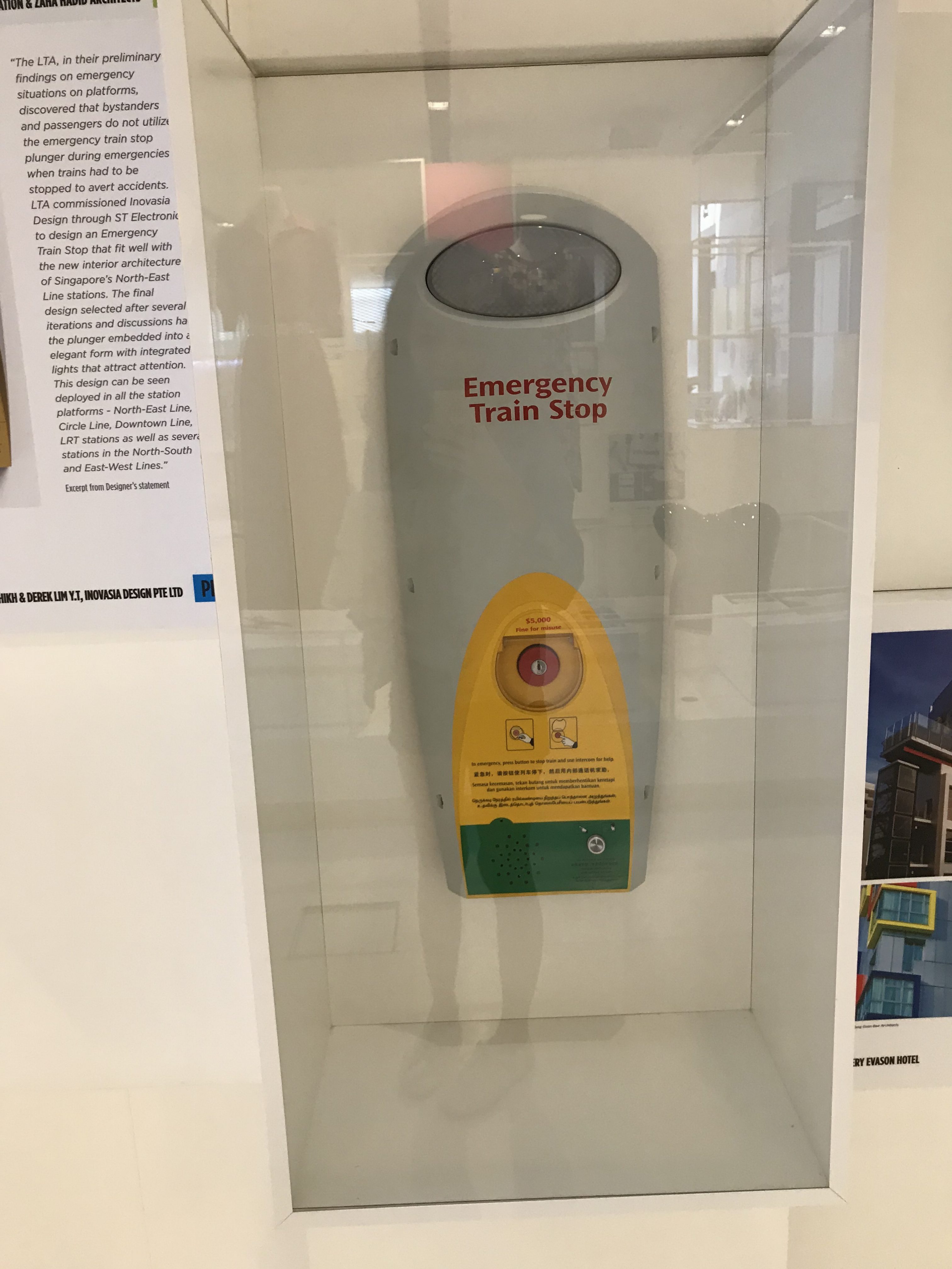
Singapore’s design scene also has a focus on practicality, the design pieces on display had other goals in addition to serving as a form of visual aid, with said goals changing with different time periods. For example, some pieces were created with the intention of integrating Singaporean culture, building a local brand, while others had the goal of creating better visitor experiences (e.g. clearer and simpler way finding signs).
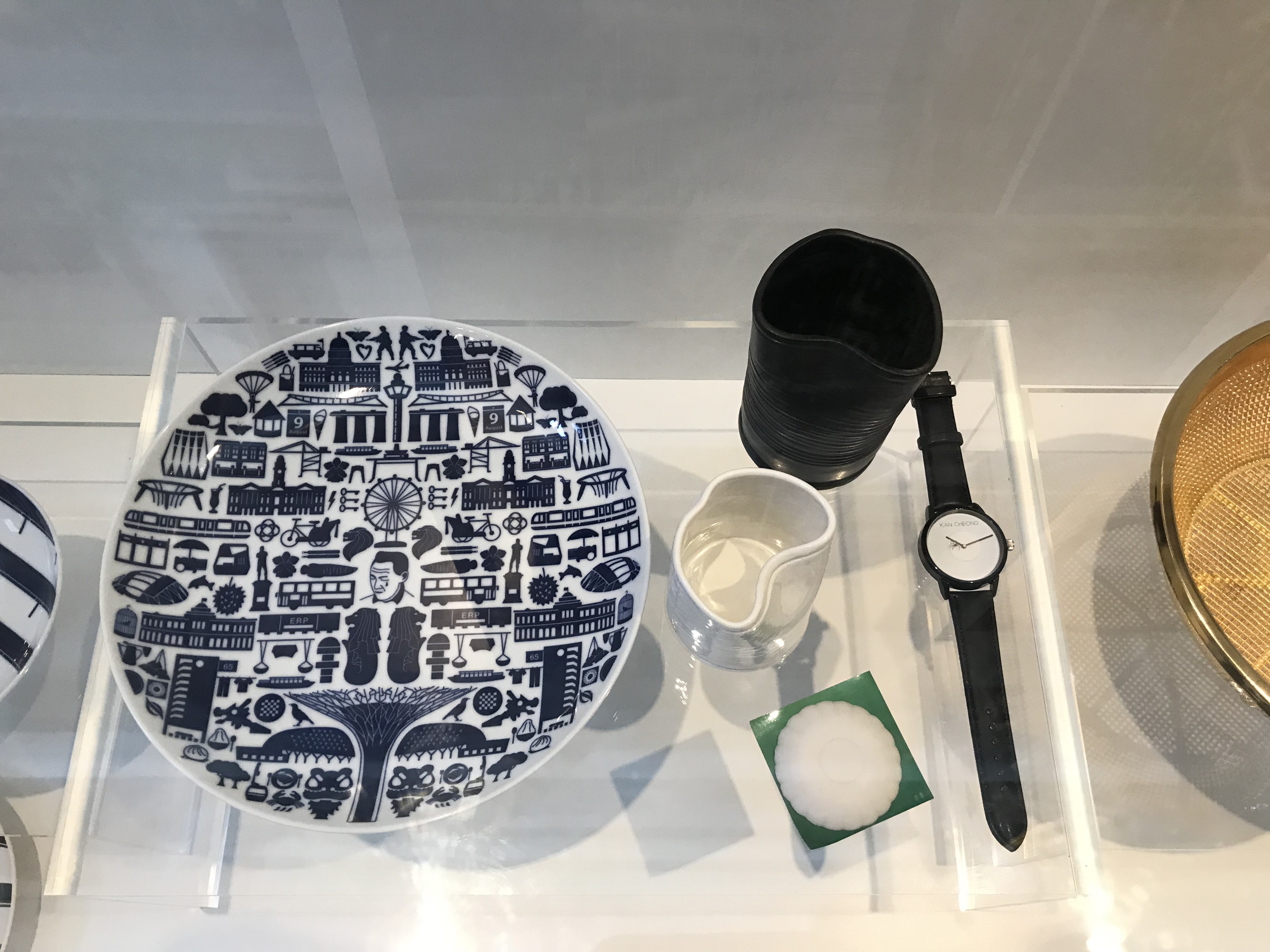
Some areas of the Singaporean design scene also had a strong focus on integrating local culture. The pieces on display used different aspects of Singaporean culture (i.e. local slang, food items) to form products. This was probably in-line with the goal of branding a nation and/or celebrating nostalgia.
What are some of the future goals/key thrust for design in Singapore?
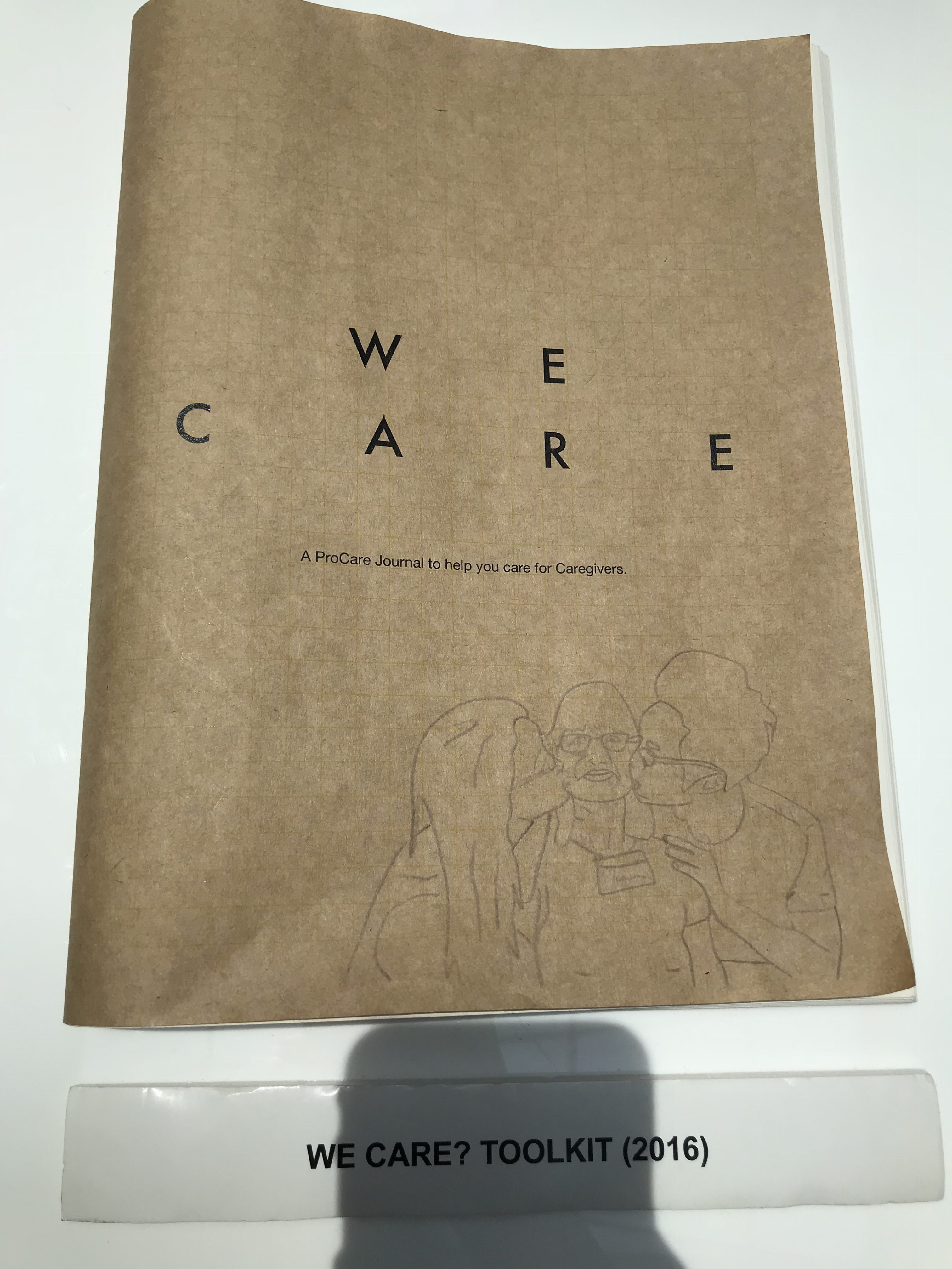
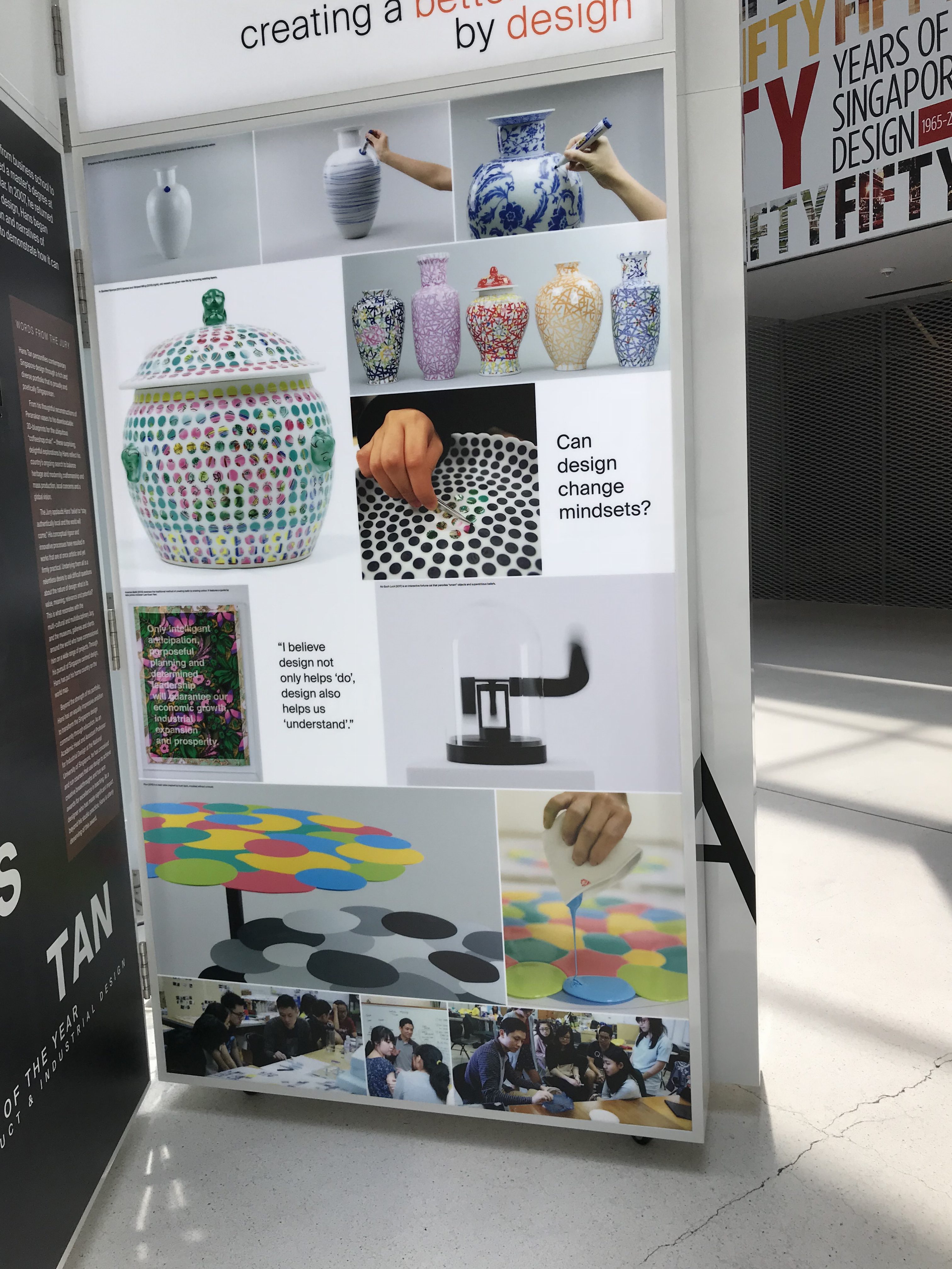
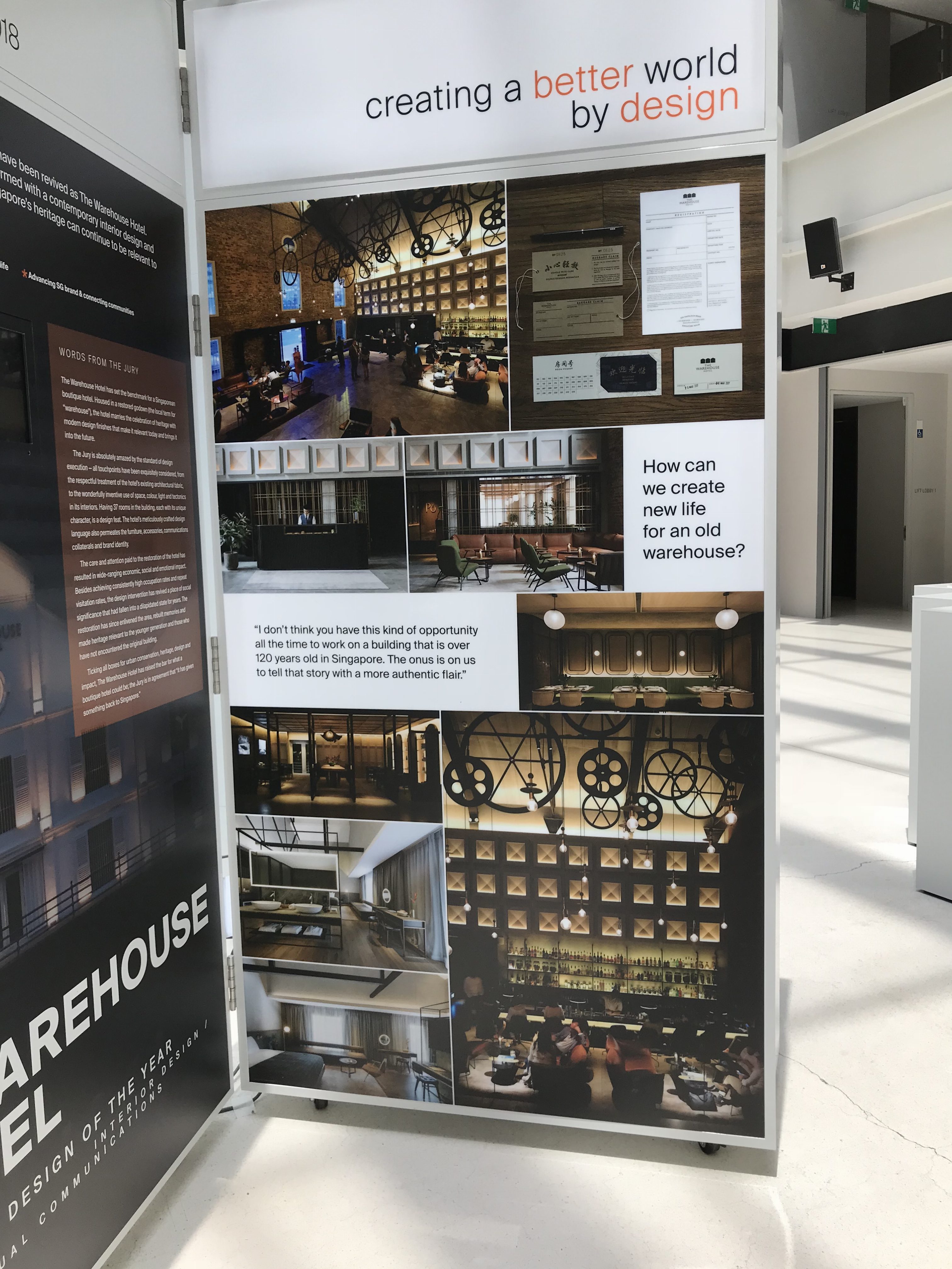
Delving further into the exhibition, it could be interpreted that the design scene in Singapore is heading towards more of designing with an additional purpose. More of the recent exhibited projects – be it architecture, product design, or graphic design – seemed to have been carried out with the intention of repurposing old objects (thereby, helping the environment), or to cater to a certain demographic (thereby, helping others).
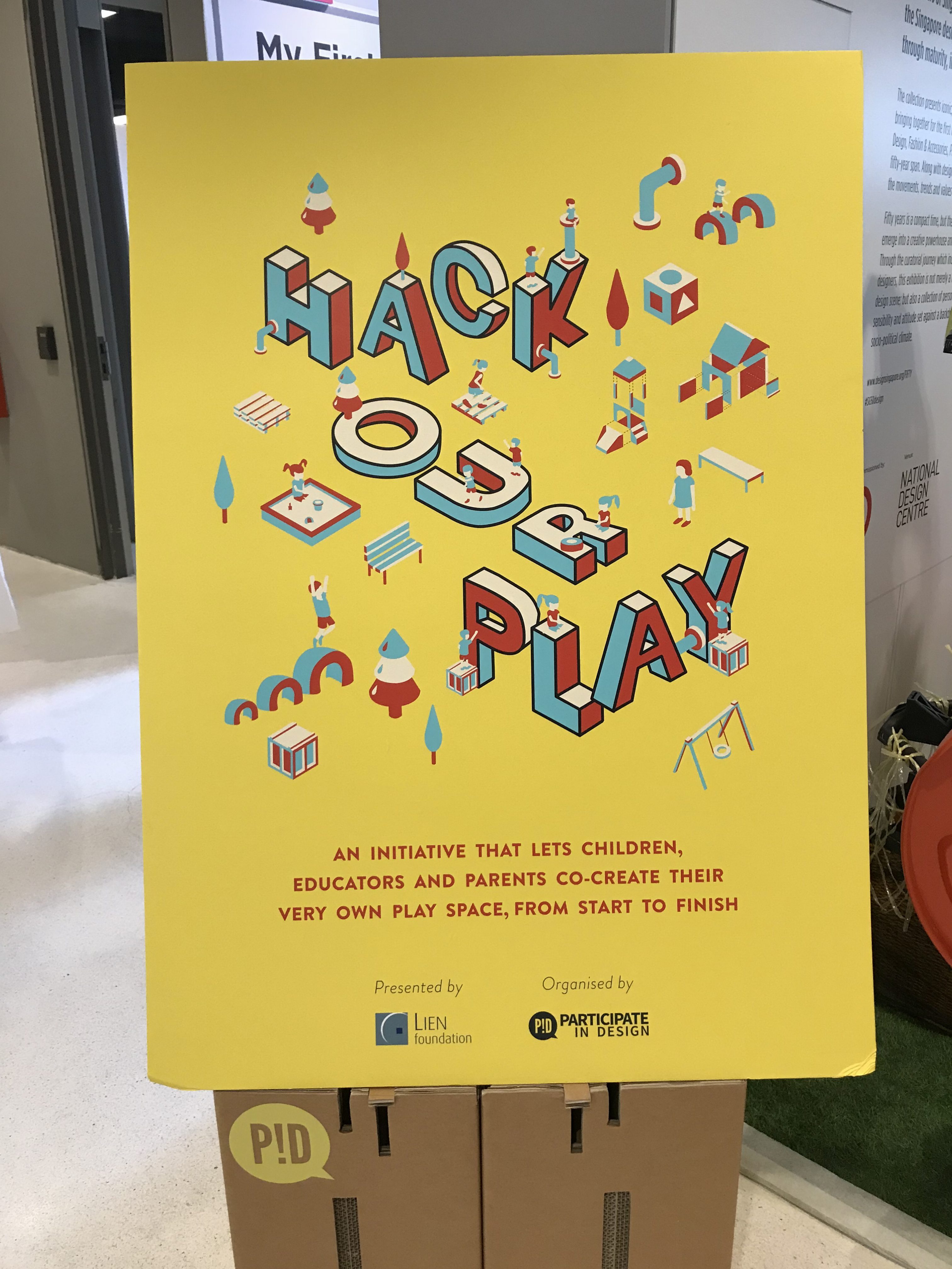
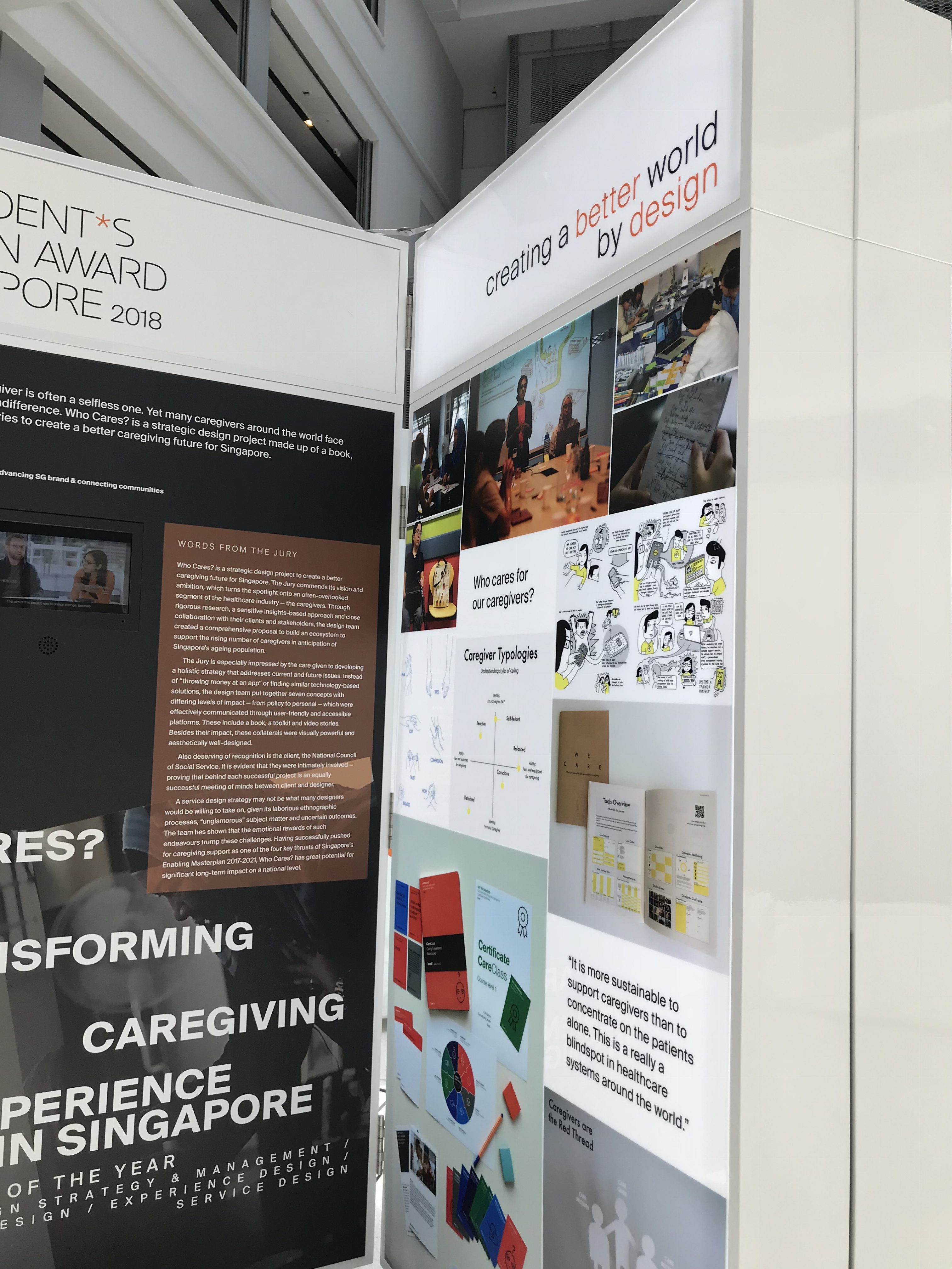
With regards to visual aesthetics, personally, I feel that the design scene in Singapore is going towards more of a minimalist and slicker aesthetic to compliment modern times. In graphic design, blocks of colour and sans serif fonts are typically used with minimal graphics, whereas in architecture and product design, structures are more geometric and clean.
What implications might those goals have on current perception and practice of design?
Personally, after viewing the exhibition, I feel that the design practice in Singapore now has an additional goal of aiding social and economical goals. In addition to creating enticing and visually-pleasing design pieces, designers now have to consider the methods in which the piece can reach out to certain demographics and/or fulfil certain goals. With regards to the goals set in place for Singapore by 2020, practitioners are expected to cater to changing social, economic, and environmental changes. As a result, design is seen to integrate aspects such as “practical functions”, “cultural symbolism”, “limited resources”, “human relations”, “effective communications”, and “timeless beauty”.
"Design can be the key catalyst to fuse the arts, cultural heritage, media, info-communications technologies to bring about new economic opportunities in this intersection, spur innovation, and enable new forms of creative expressions."
"In the emerging creative economy, design will move up the value chain to embody intellectual property and creative capital."
https://www.designsingapore.org/modules/mediarelease/designsingapore-announces-blueprint-for-the-singapore-design-cluster